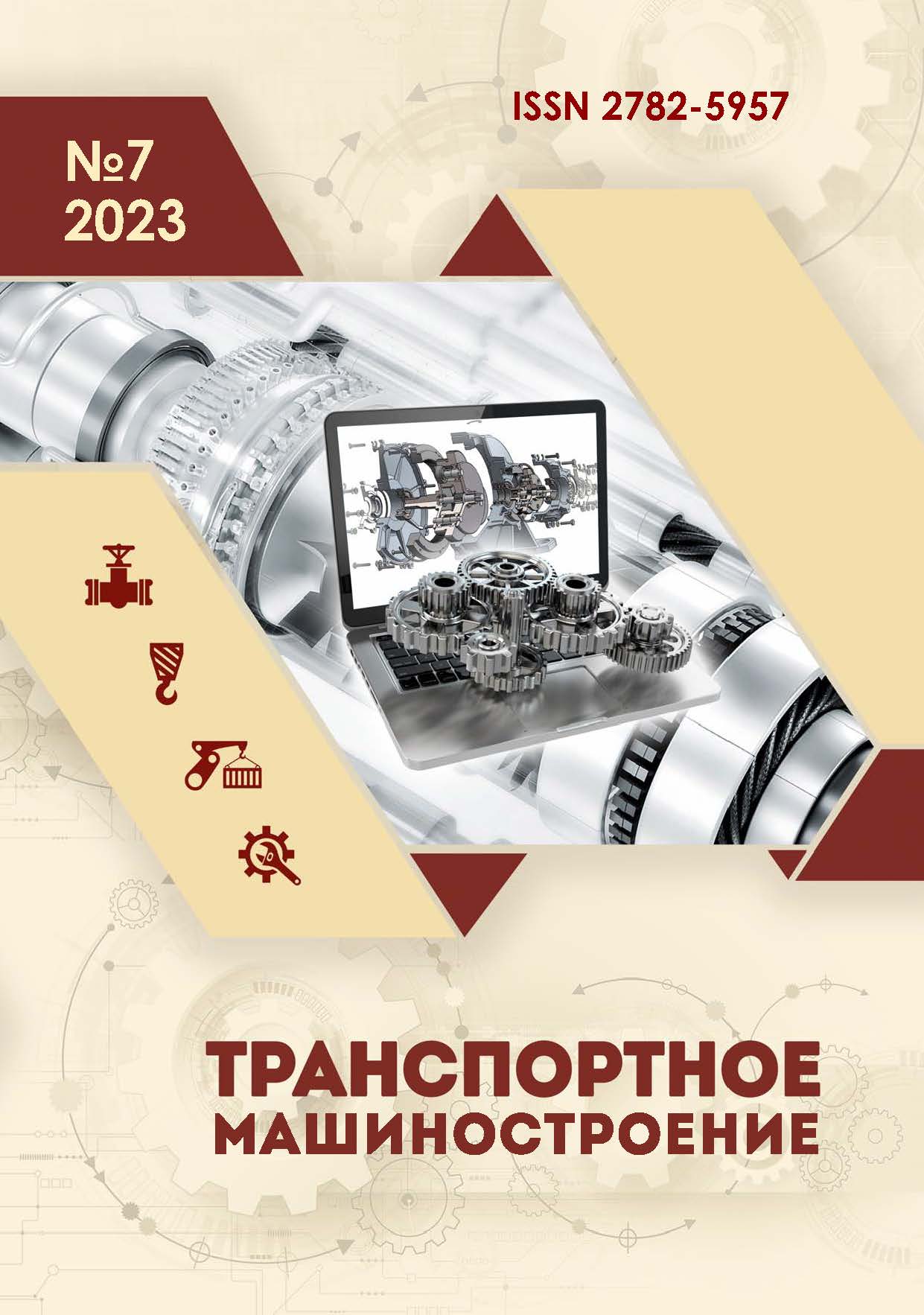employee
RPE Valma (the Materials Science Department, Senior Engineer)
employee
Samara, Samara, Russian Federation
Samara, Samara, Russian Federation
Samara, Samara, Russian Federation
Samara, Samara, Russian Federation
VAK Russia 2.6.3
UDC 620.11
UDC 620.178
Russian Library and Bibliographic Classification 343
The results are presented devoted to the study of the influence of flux type on the process of self-propagating high-temperature synthesis (SHS) of titanium carbide in aluminum flux, as well as on the structure and properties of the resulting composite material AMg2-TiC. During the research, the most promising halide salts for use as fluxes were analyzed and selected: Na3AlF6, Na2TiF6, K2TiF6, K1-3AlF4-6 (Nocolok ™ made in Germany). During the experimental synthesis, the most active signs of an exothermic reaction between titanium and carbon powders in the flux were recorded having a flux additive Na2TiF6. Then microstructural, micro X-ray spectral analysis and quantitative X-ray phase analyses were carried out, according to their results it was found out that the most homogeneous distribution in terms of material volume, the maximum content of a high dispersion of carbide phase close to the stoichiometric composition is also observed in samples obtained with the use of Na2TiF6 salt. The synthesized samples of the composite material were assessed according to physical and mechanical characteristics: hardness, porosity and electrical conductivity. It was found out that composite samples with an optimal structure are also characterized by a decrease in porosity by 1.33%, an increase in hardness by 94 MPa and a reduction of electrical conductivity by 0.3 MSm/m compared with samples obtained using other fluxes. According to the results of the studies carried out, Na2TiF6 flux is recommended for use to implement SHS composite AMg2-TiC material.
material, aluminum, titanium carbide, flux, self-propagating synthesis
1. Lutz AR, Makarenko AG. Self-propagating high-temperature synthesis of aluminum alloys. Samara: SamSTU; 2008.
2. Amosov AP, Lutz AR, Latukhin EI, Ermoshkin AA. Application of SHS processes for in situ production of aluminum matrix composite materials discretely reinforced with nanoscale titanium carbide particles (review). Izvestiya Vuzov. Tsvetnaya Metallurgiya 2016;1:39-49. DOI:https://doi.org/10.17073/0021-2016-1-39-49.
3. Sheibani S, Fazel Najafabadi M. In situ fabrication of Al-TiC metal matrix composites by reactive slag process. Materials & Design. 2007;28(8):2373-2378.
4. Das Biswajit. Development of an in-situ synthesized multi-component reinforced Al-4.5% Cu-TiC metal matrix composite by FAS technique-Optimization of process parameters. Engineering Science and Technology, an International Journal. 2016;19(1):279-291.
5. Kishore D, Sai Chaitanya K, Prahlada Rao, Mahamani A. Investigation of cutting force, surface roughness and flank wear in turning of In-situ Al6061-TiC metal matrix composite. Procedia Materials Science. 2014;6:1040-1050.
6. Jerome S. Synthesis and evaluation of mechanical and high temperature tribological properties of in-situ Al-TiC composites. Tribology International. 2010;43(11):2029-2036.
7. Lutz AR, Ionov MK. Study of the possibility of using Na2TiF6 halide salt as a source of atomic titanium for the synthesis of aluminum-matrix composite material reinforced with titanium carbide. Proceedings of the XVI All-Russian Scientific and Technical Internet Conference with International Participation: High Technologies in Mechanical Engineering; Samara: SamSTU; 2017.
8. Utkarash P, Rajesh P, Pankaj A, Dhakad SK, Rana RS. Effect of TiC particles on the mechanical properties of aluminium alloy metal matrix composites (MMCs). Materials Today: Proceedings. 2017;4:5452-5460.
9. Sherina YuV, Lutz AR, Amosov AP. Study of the effect of flux type and amount on SHS process of AMg2-10%TiC composite material. Information Technology Bulletin. 2022;2(32):131-139.






